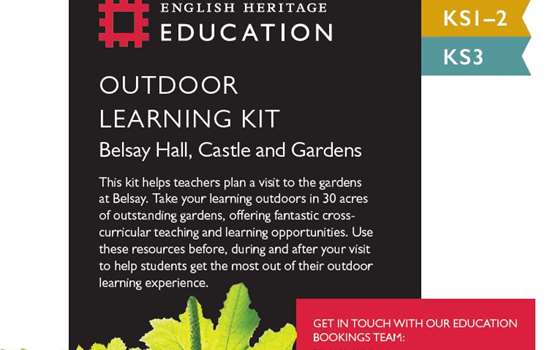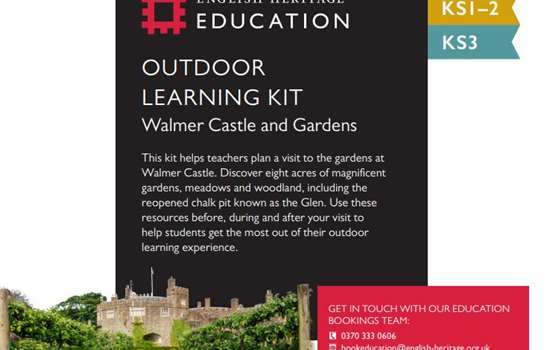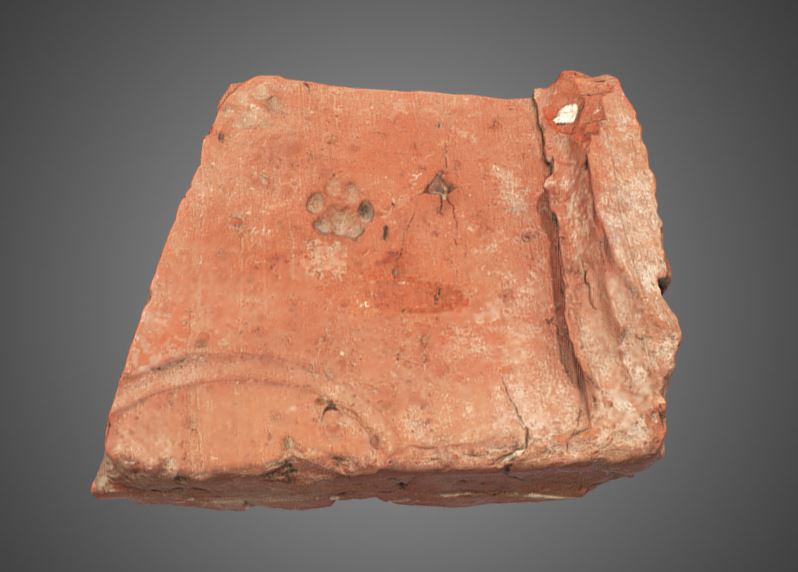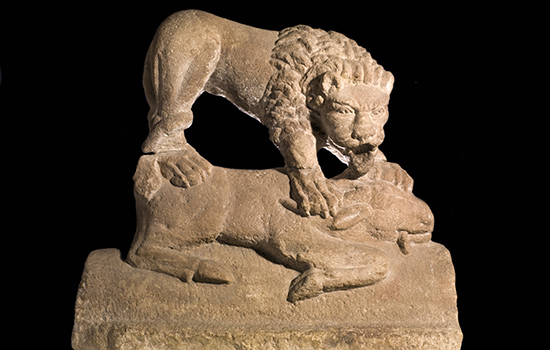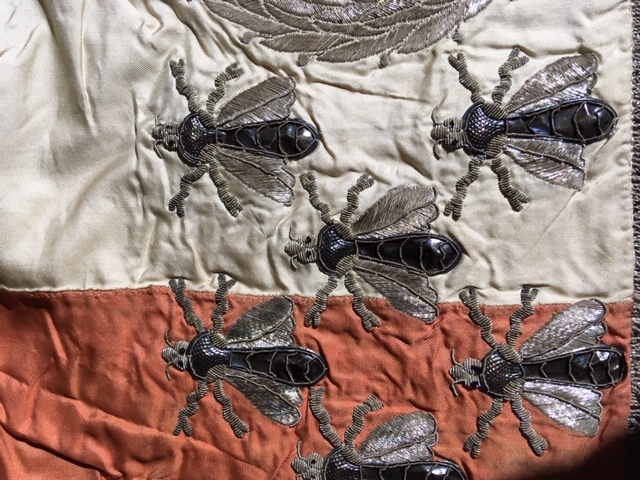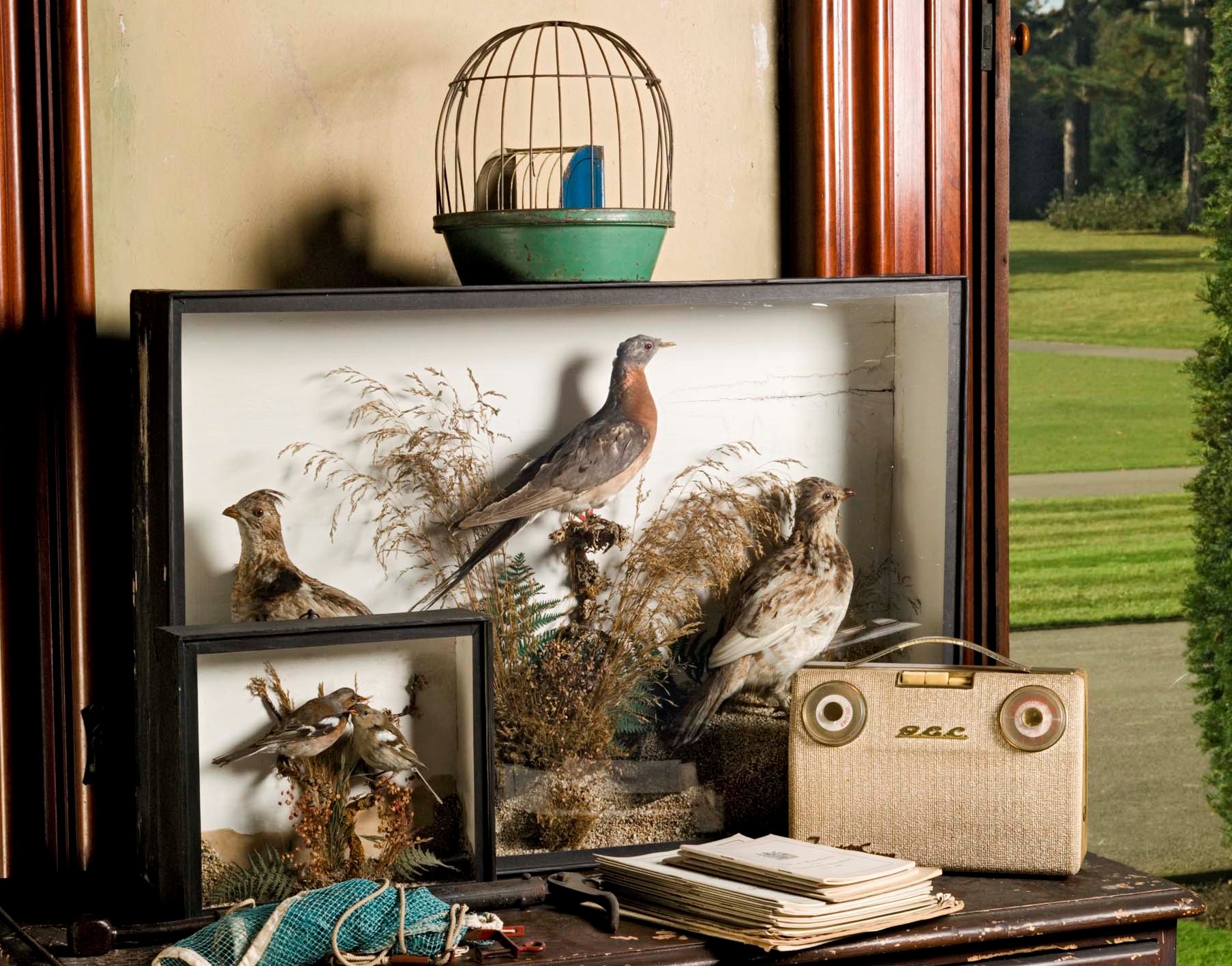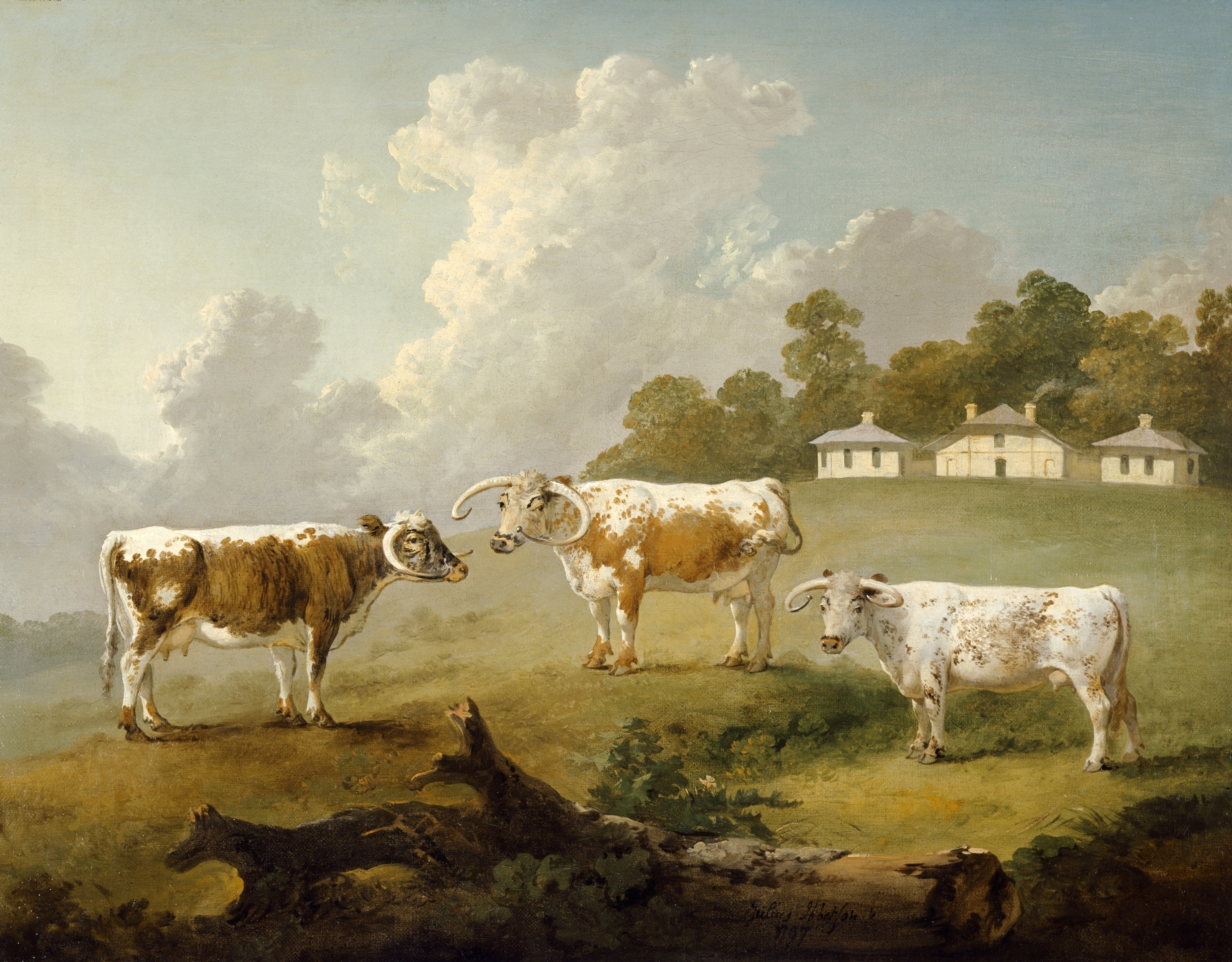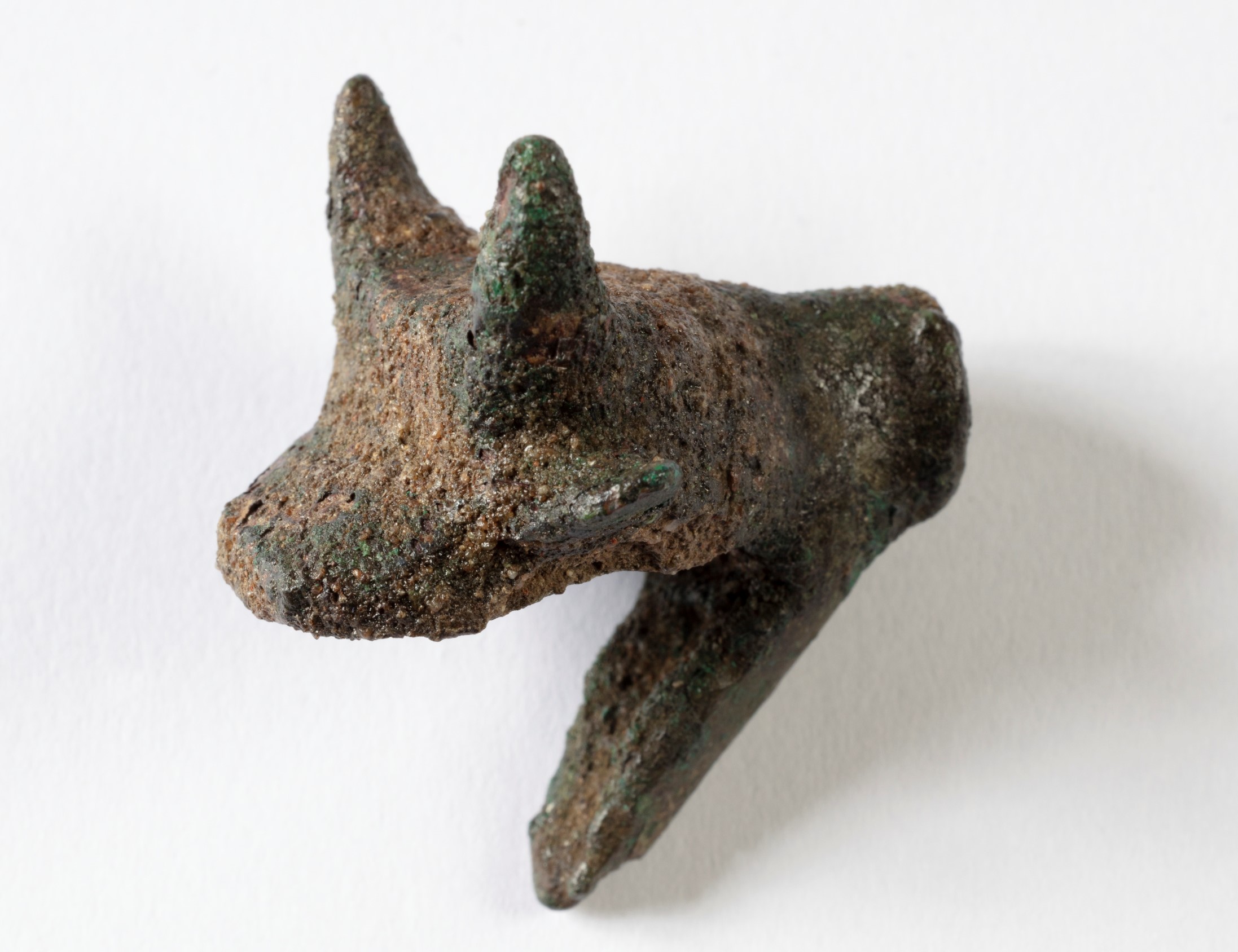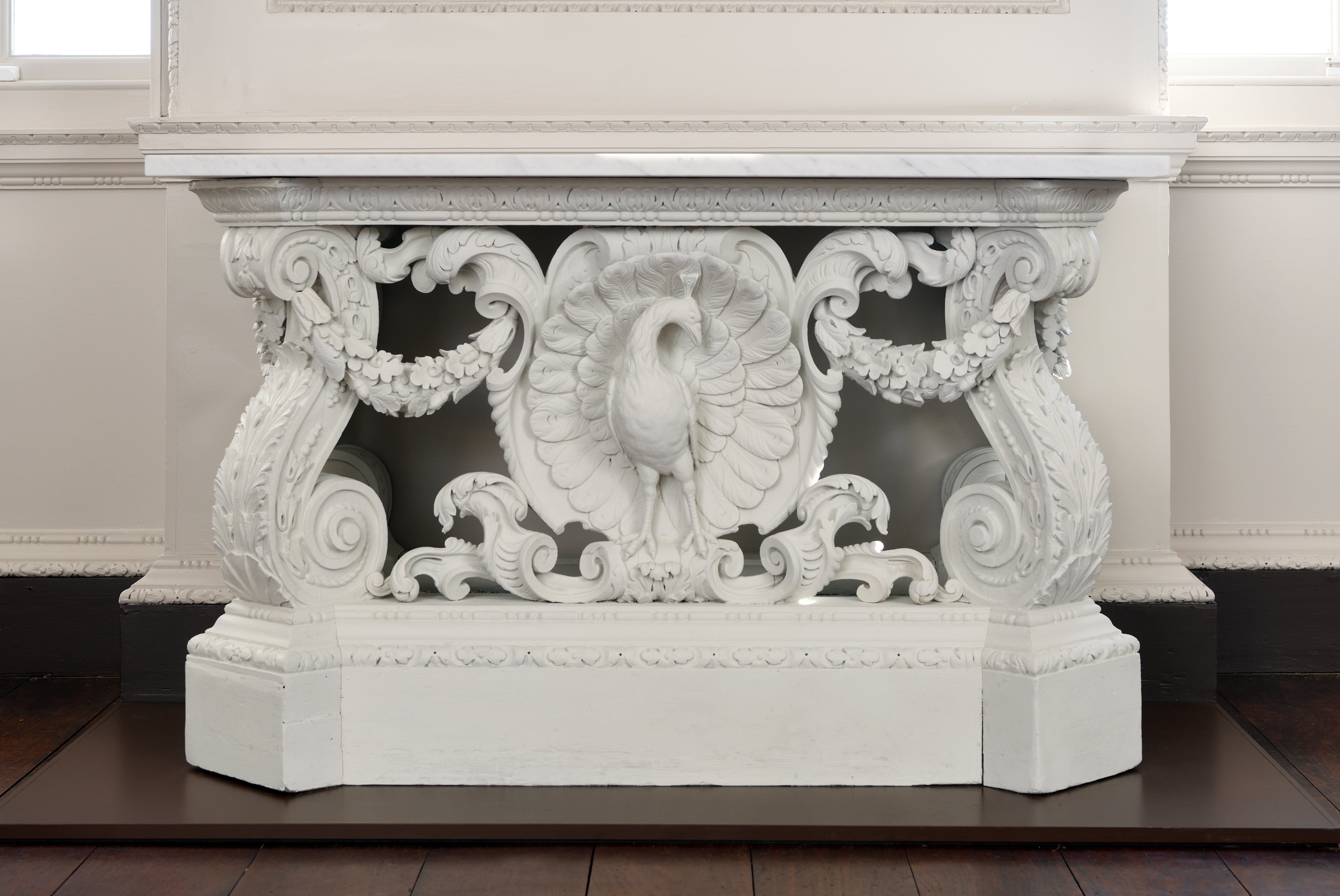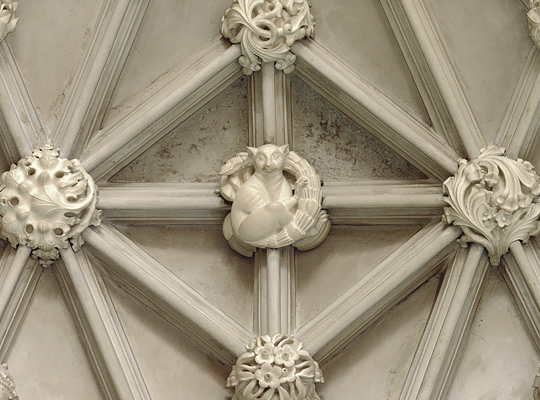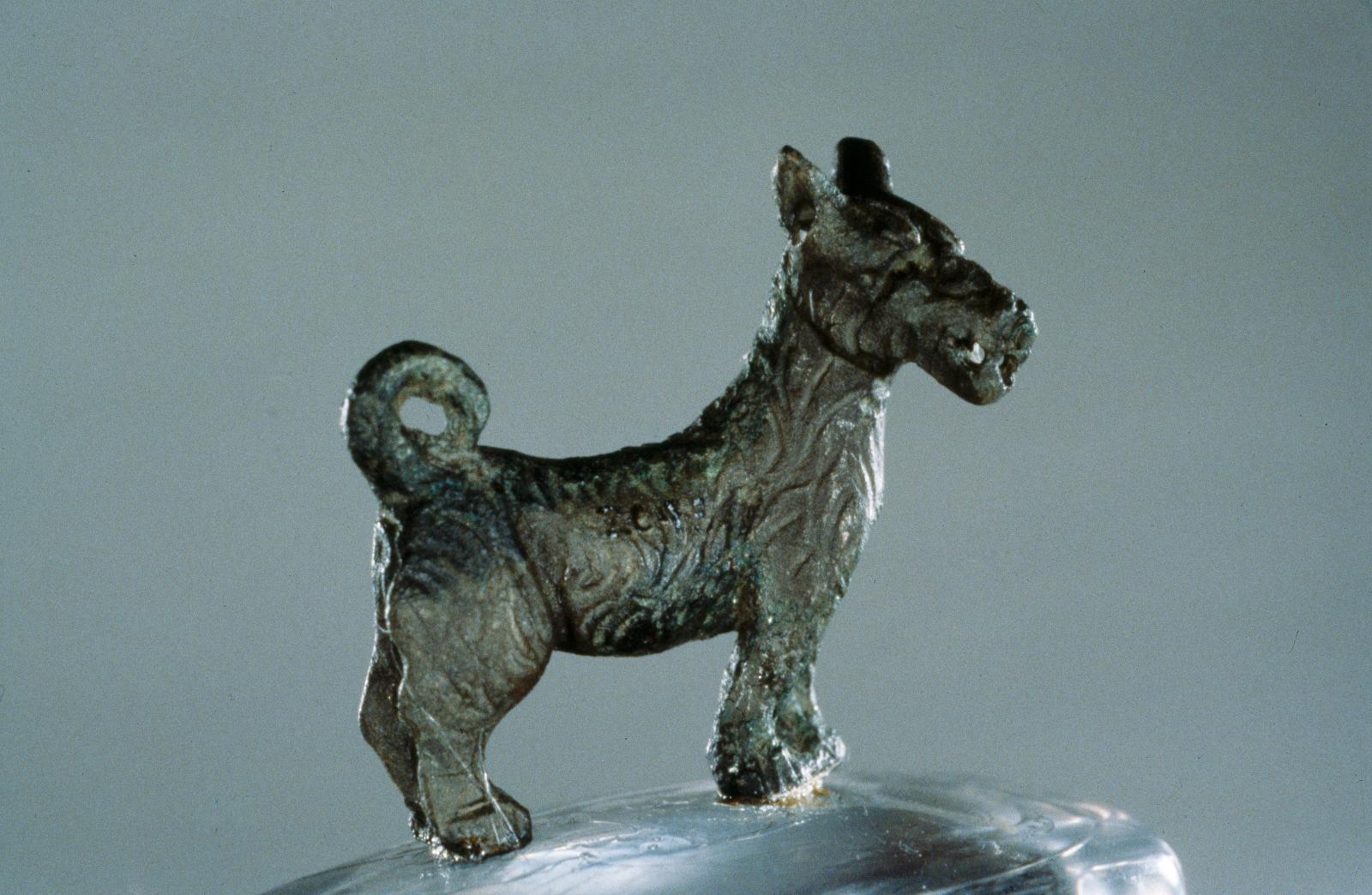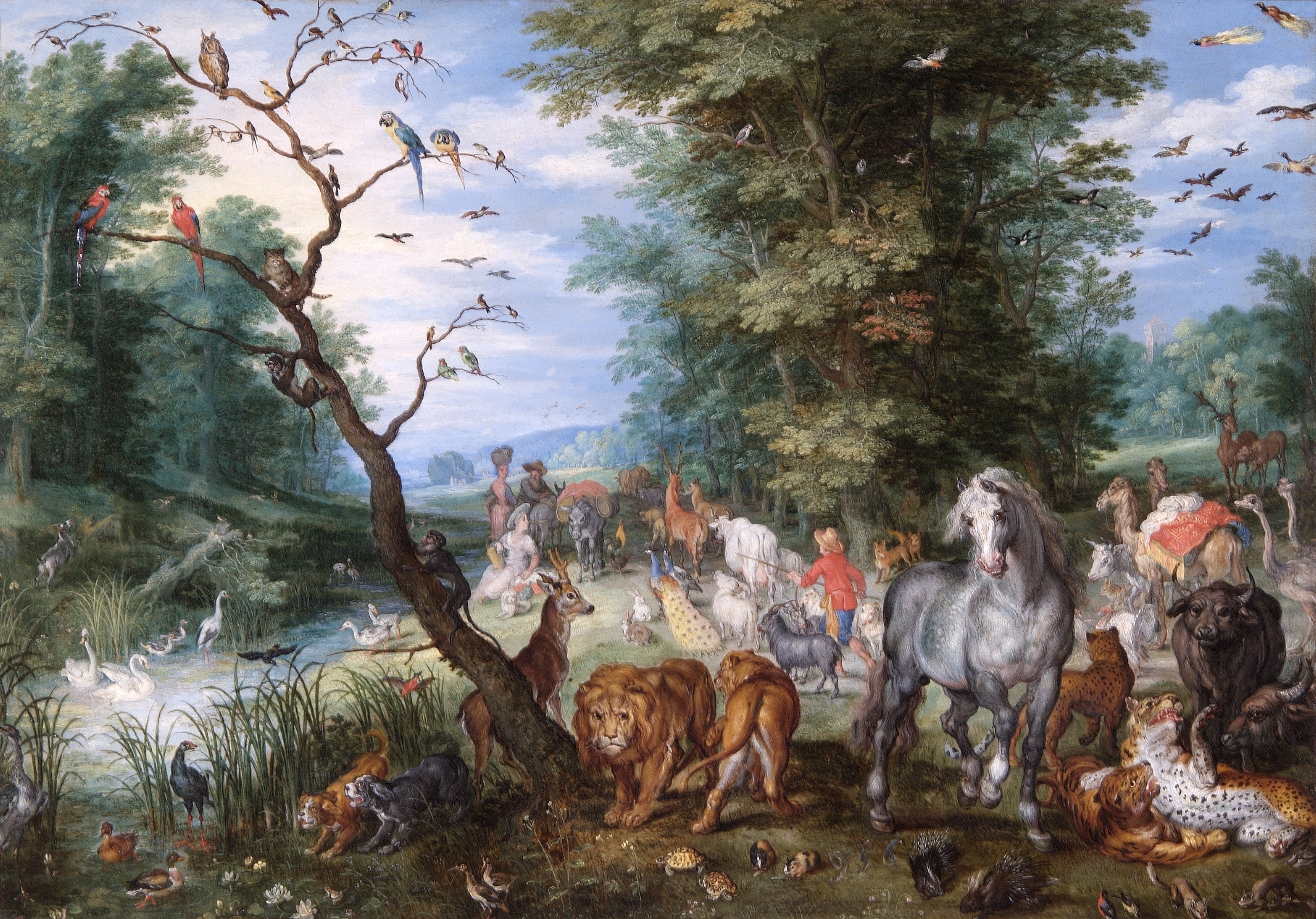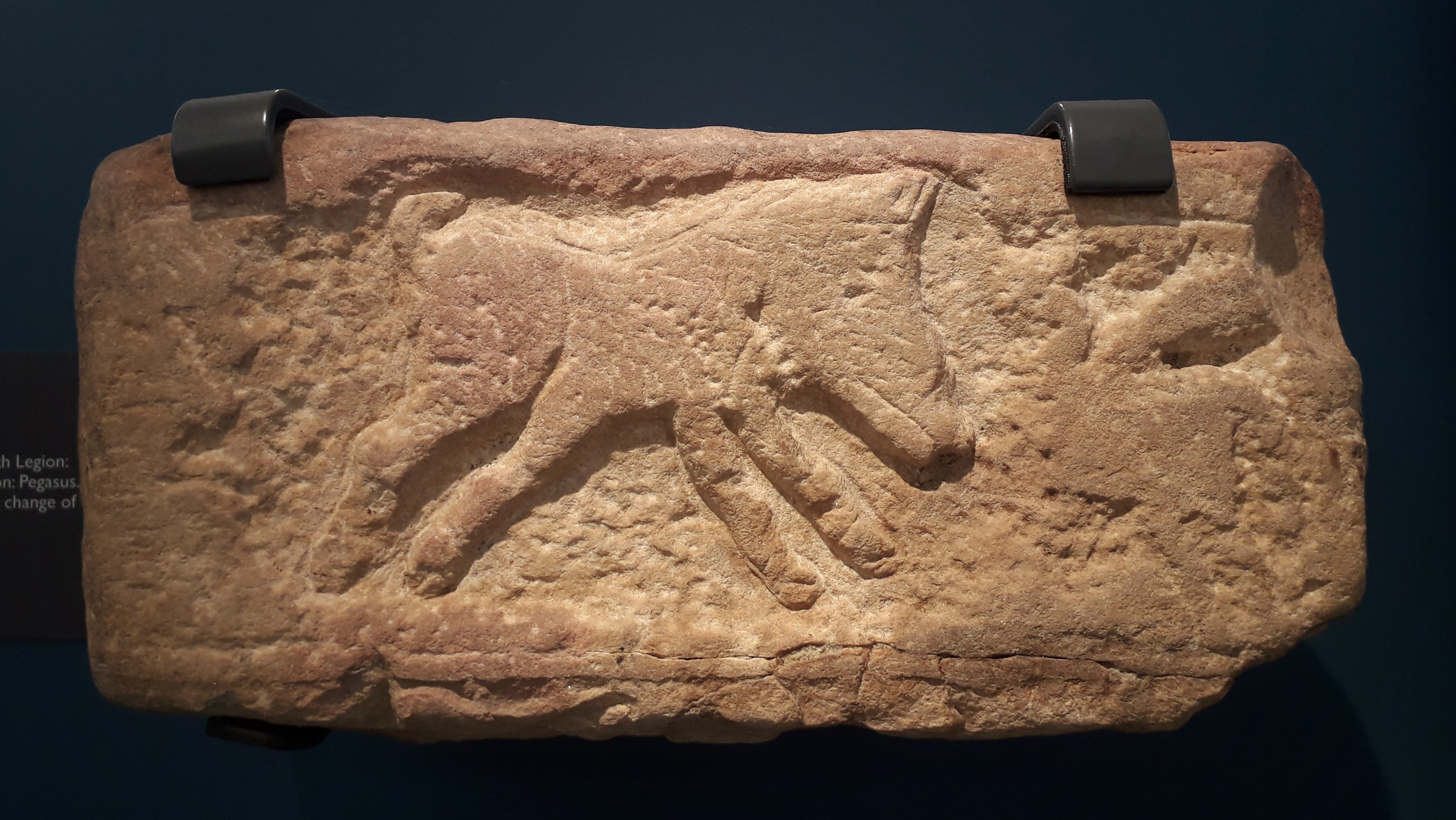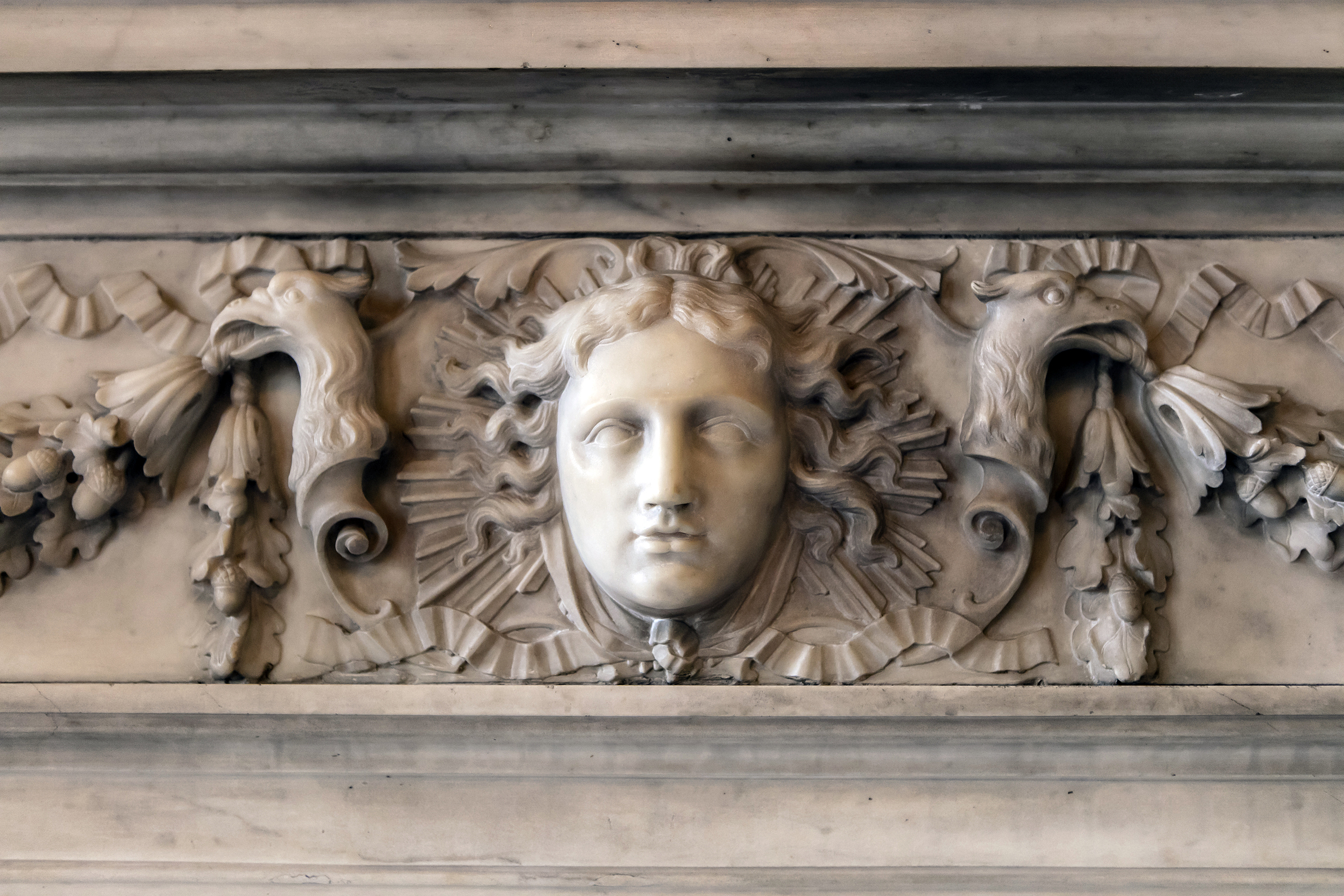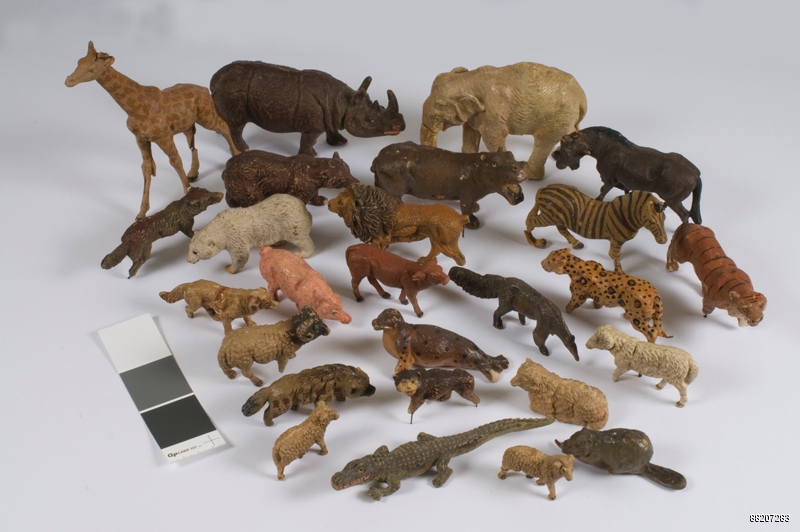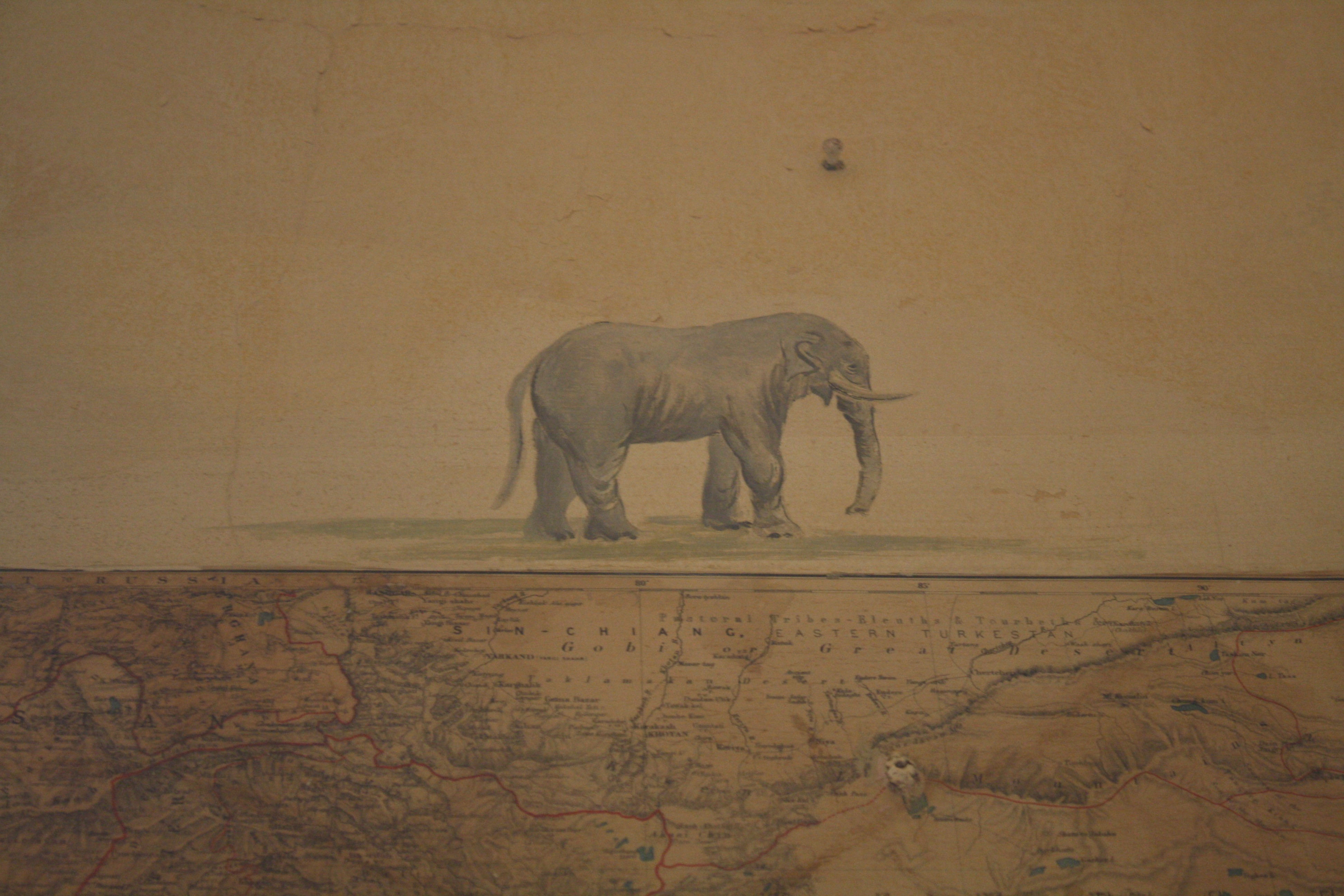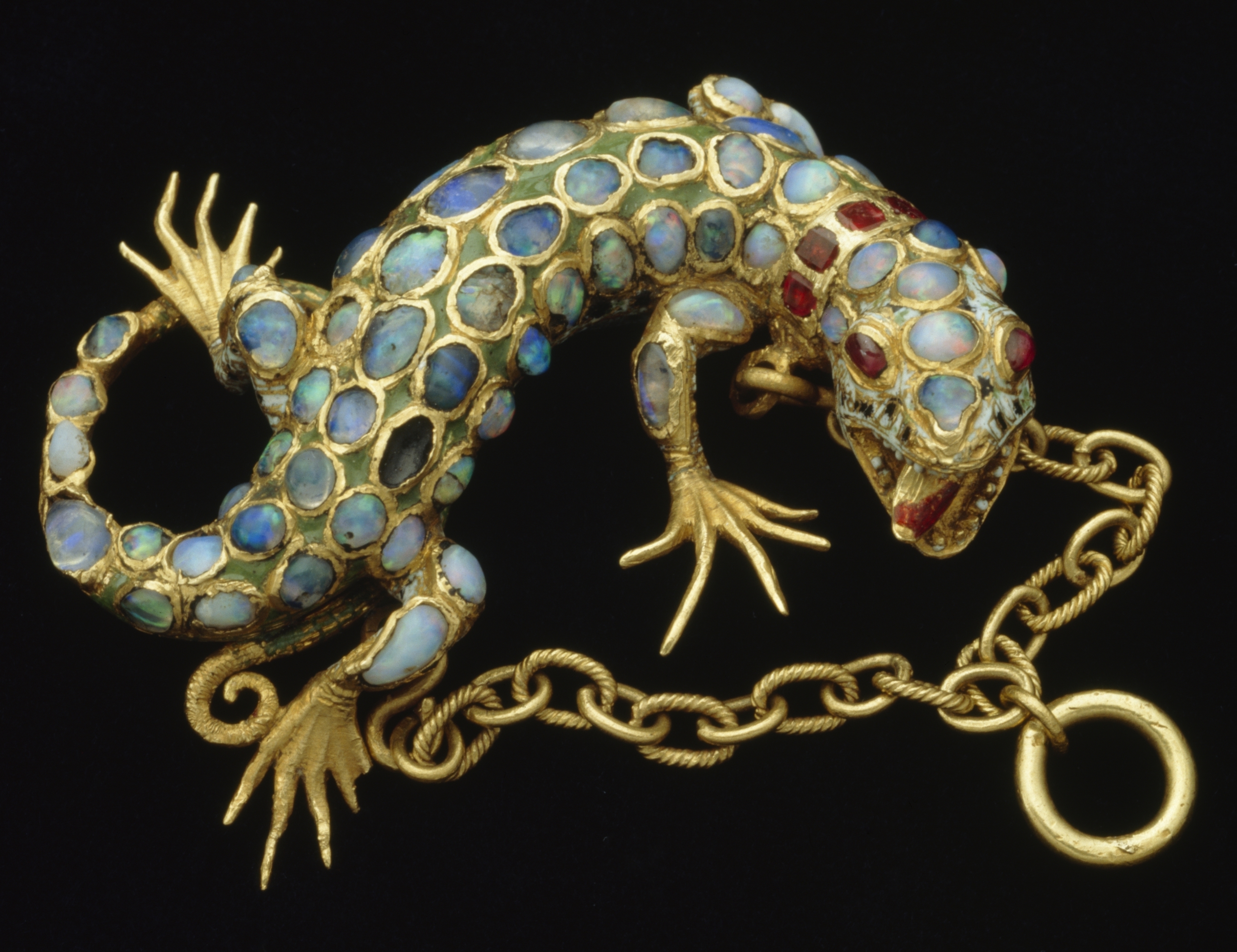Spotlight on our Sites
Discover our outdoor historic spaces using our curriculum-linked outdoor learning resources. Our outdoor learning kits provide historical information, glossaries, timelines and hands-on activities for you to explore before, during and after a visit.
Get creative with garden geometry, undertake a tree survey, explore a variety of habitats and environments and more as you take your learning outdoors.
Natural History and Biodiversity: Then
Natural history has interested people for centuries, but they have often studied it and thought about it differently to how we would today. Similarly, although it might seem like we’ve only recently started talking about biodiversity and the importance of outdoor spaces, many people connected to our historic places have reflected on and studied these ideas over the centuries, often in their own gardens.
Click on the images below to explore some well-known and not so well-known stories of gardening, scientific discovery and social reform linked to our historic places. Invite students to consider these stories and weigh up the contributions that these people and places have made to our understanding of the natural world today. You could run a debate or encourage more research to explore these ideas further.
Biodiversity and Sustainability: Now
Our historic places are home to a variety of wildlife and offer many opportunities to explore the natural environment, biodiversity and sustainability.
We care for our historic outdoor spaces by balancing the preservation of historical buildings with the needs of important species of plants, mammals and invertebrates. We’ve reintroduced species in some places and carefully monitor the conditions at our sites to ensure that vital habitats can thrive.
Scroll through and click on the images below to learn more about how we encourage biodiversity and sustainability at our historic places today. Invite students to think about they can support biodiversity in their own lives. This could include participating in citizen science projects like the Big Butterfly Count or introducing flowering plants into their gardens at home or at school to support pollinators.
Understanding Nature and the Environment
The environments around our historic places have changed, sometimes dramatically, over time. Changes in fashion and the uses of outdoor spaces have all contributed to how these have been altered. By studying the environment around us we can better understand these changes and the impact of other factors such as climate change.
Use the activities below to help students better understand your local environment and the landscapes around our historic places.
-

Changing Landscapes (KS1-KS2)- Audley End Outdoor Learning Kit
Use primary and secondary sources to discover how the landscape at Audley End House changed over time.
-

Crazy Categories (KS1-KS3) - Osborne Outdoor Explorers Kit
Reflect on the biodiversity that you and your class have observed at a historic environment like Osborne on the Isle of Wight. Consider how scientists have categorised the plants and animals they have discovered.
-

Climate Data (KS1-KS3) - Osborne Outdoor Explorers Kit
Use our Climate Data activity to inspire students' study of the environmental conditions at one of our historic places, around their school or at home.
Spotting Plants and Wildlife
Encourage your students to explore the wonders of natural world around them. You can use our spotter sheets to identify plants and wildlife at our historic places, around your school or within your local area.
How many different plants and animals can they see? Remember to stay quiet and give any wildlife space so that you don’t disturb them.
Animals in the Archives
People have lived alongside animals for centuries and we can still find evidence of them at our historic places today. English Heritage looks after collections dating from prehistory up to the 20th century, including evidence of animals, animals on display, animals in art and animals as symbols.
Inspire your learners’ exploration of the natural world by examining examples of animals in our collections. How would they move? What kind of environment and habitat do they thrive in? What can they tell us about the kinds of species that existed in England and beyond in the past? You might like to split your class into small groups and give each group a different animal to discover before bringing the class together to share their findings.
Click on the images to learn more about some of objects in our collections and the animals they depict.
Link Your Learning
ENGLISH – Use one of the animal objects in our collections to develop a piece of creative writing. You could write a story imagining that the animal has escaped to find their ideal habitat. How will they escape? What are they looking for? How will they travel there and what obstacles stand in their way?
MATHS – Choose an outdoor space at one of our sites, at school or in your local area and challenge students to survey it, using a simple scale to create a map.
SCIENCE – Try sampling at school or in your local area and compare and contrast the plants and minibeasts you find in different areas. What might this suggest about the places you’ve been examining and the environments that certain species prefer?
GEOGRAPHY – Develop student’s map and grid referencing skills using the natural environment around one of our sites. Identify natural features and challenge students to locate them on a map, then extend your learning by finding the feature’s grid reference.
ART AND DESIGN – Take on the role of an artist and create an image of the natural environment at one of our historic places. Students could choose a range of media depending on their preferences and the styles that you are studying in the classroom.
DRAMA –Think carefully about how animals in our collections or others you’ve seen at our historic places behave. Practice movements and gestures and challenge students to observe each other and guess the animals that are being imitated.
Book A School Visit
-
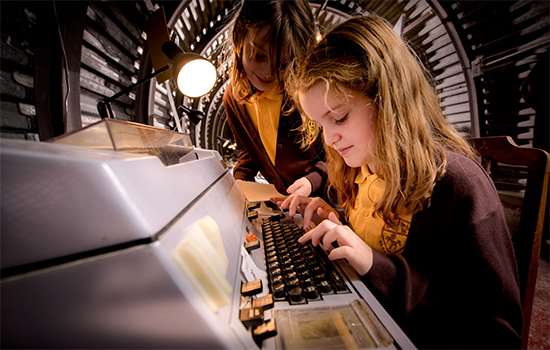
Book online
Make an enquiry or amend your existing education visit booking using our online form and booking portal. Please note, your visit request is only confirmed once you receive a booking confirmaton email.
-
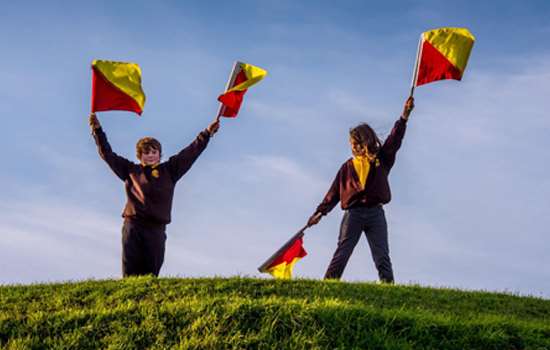
By Email
-

By Phone
Bookings are best made online, but if you'd prefer to speak to a member of the team, please call 0370 333 1181


